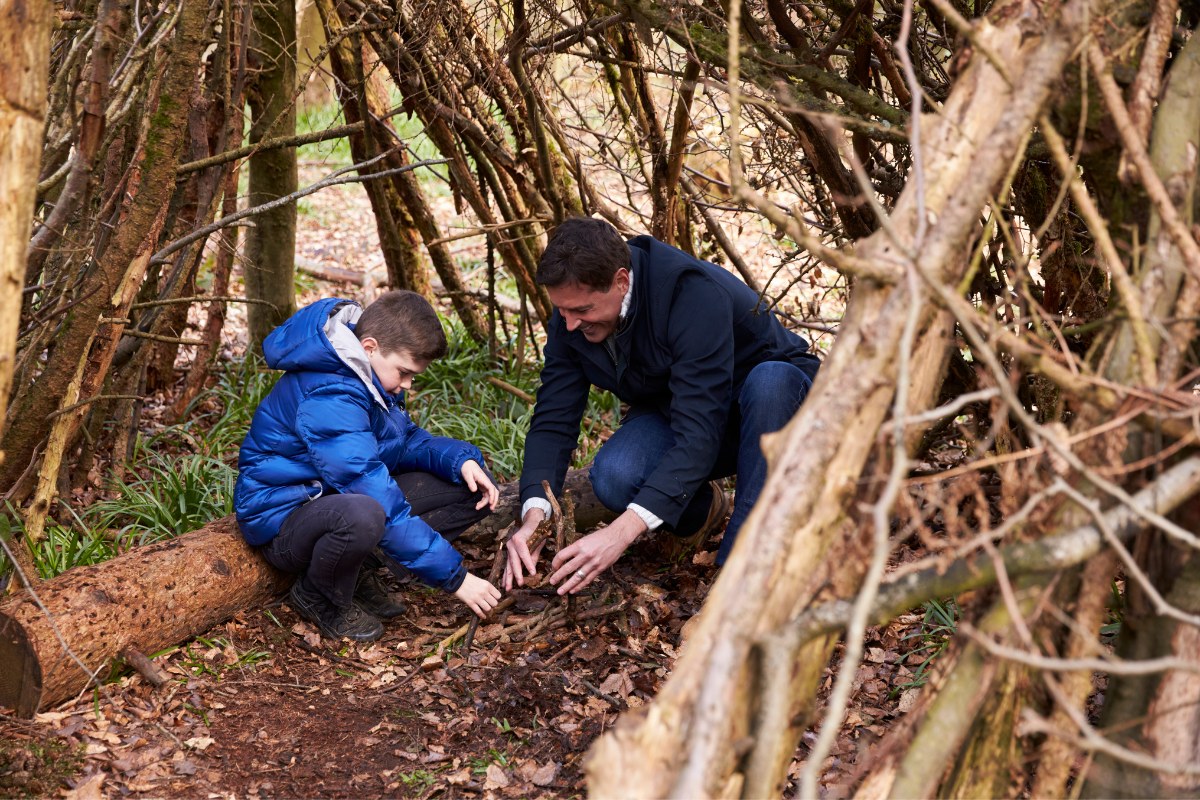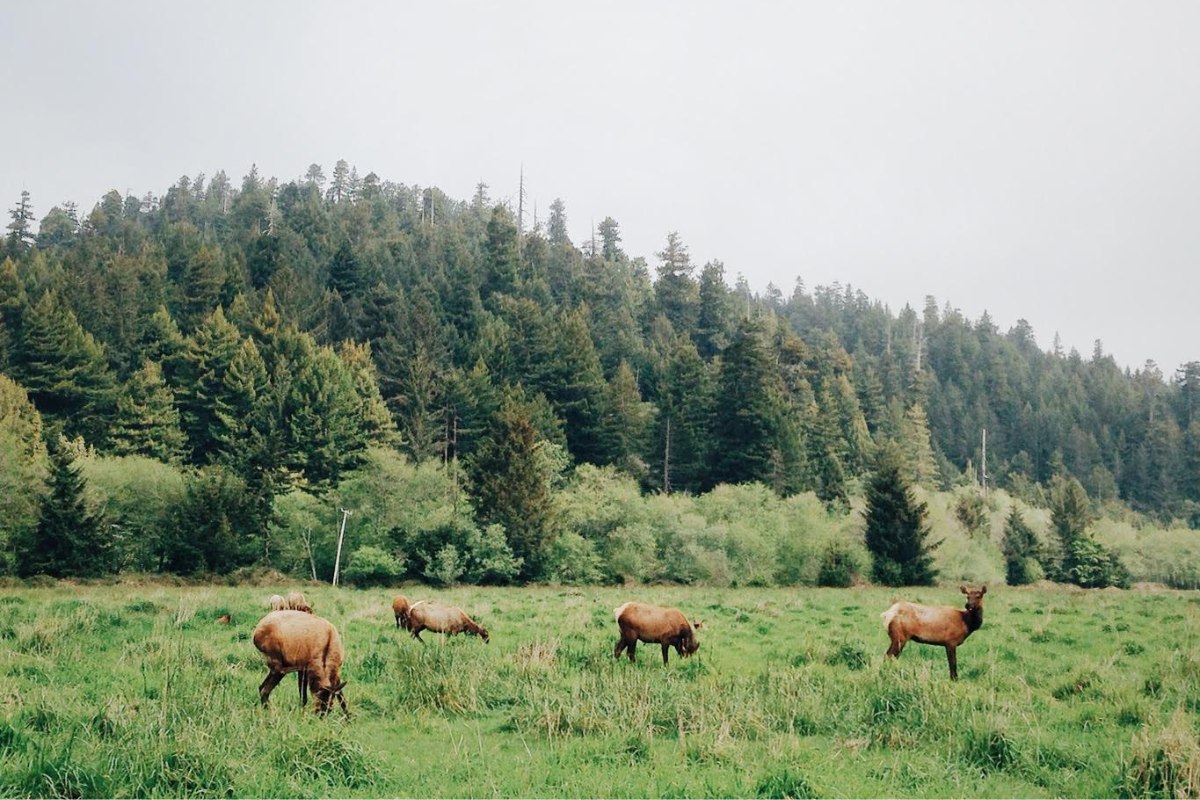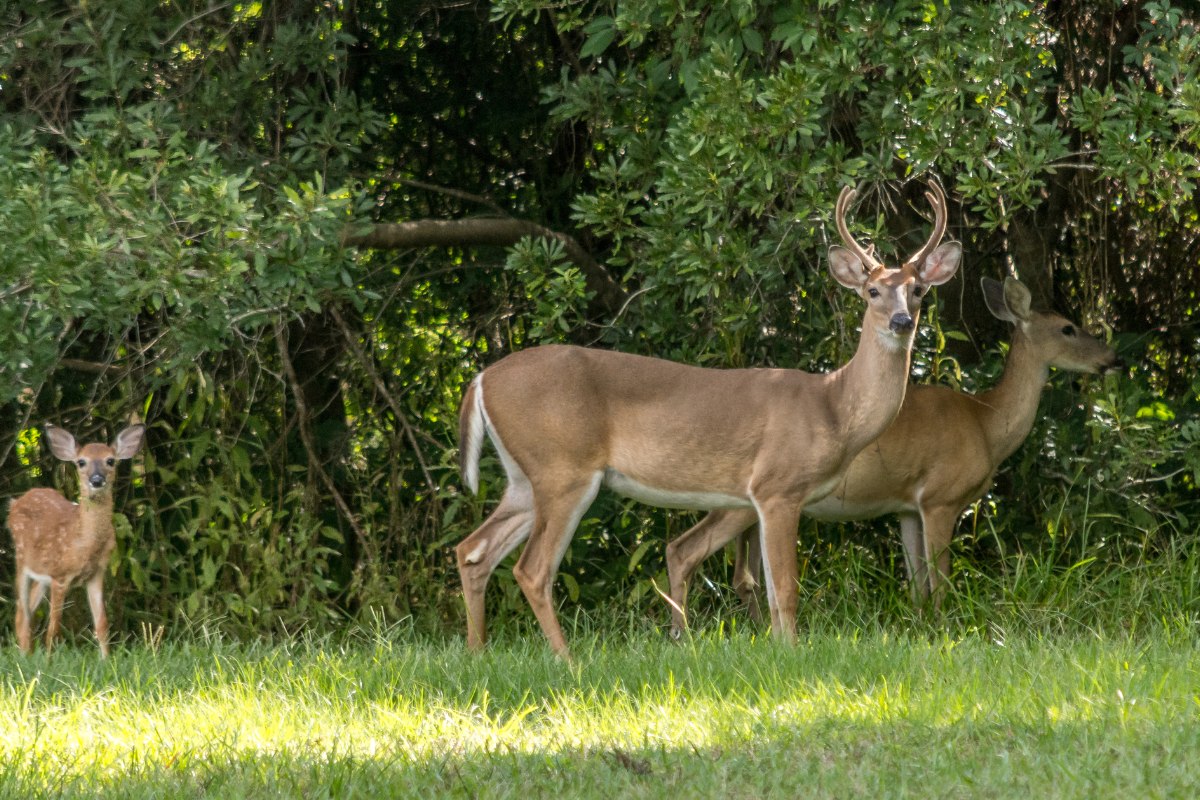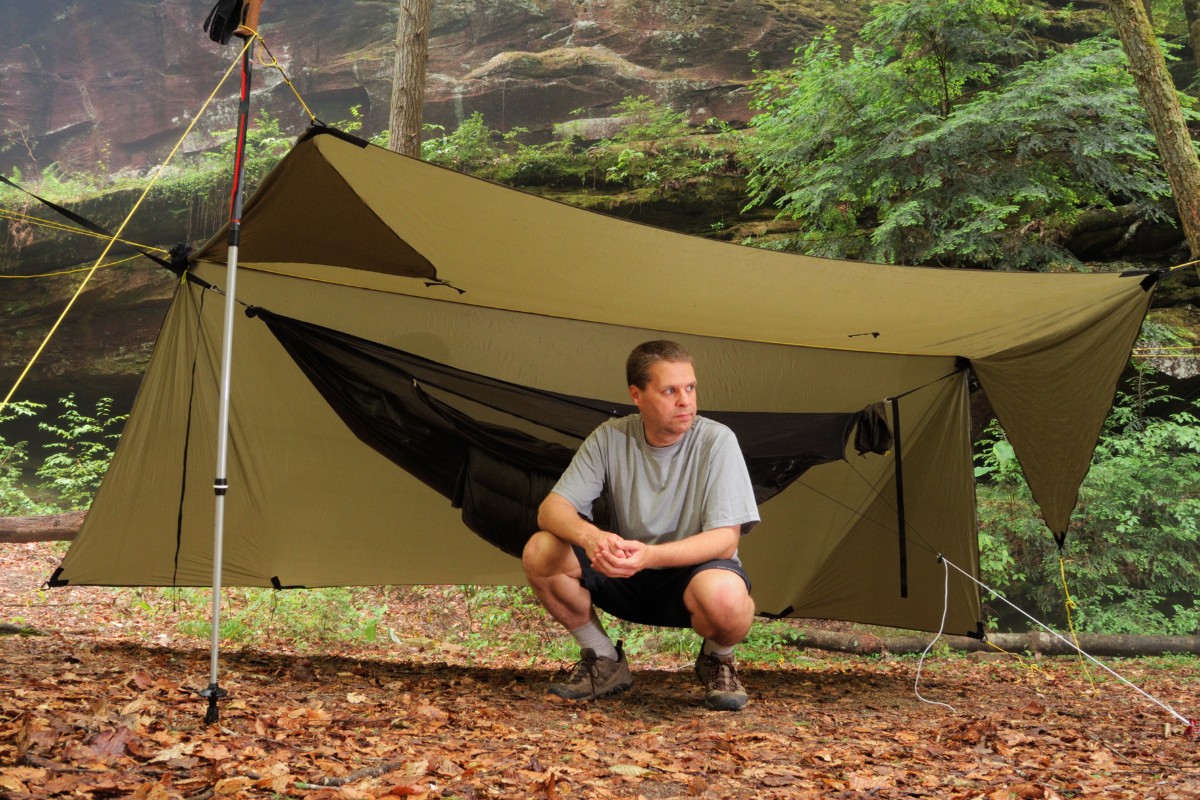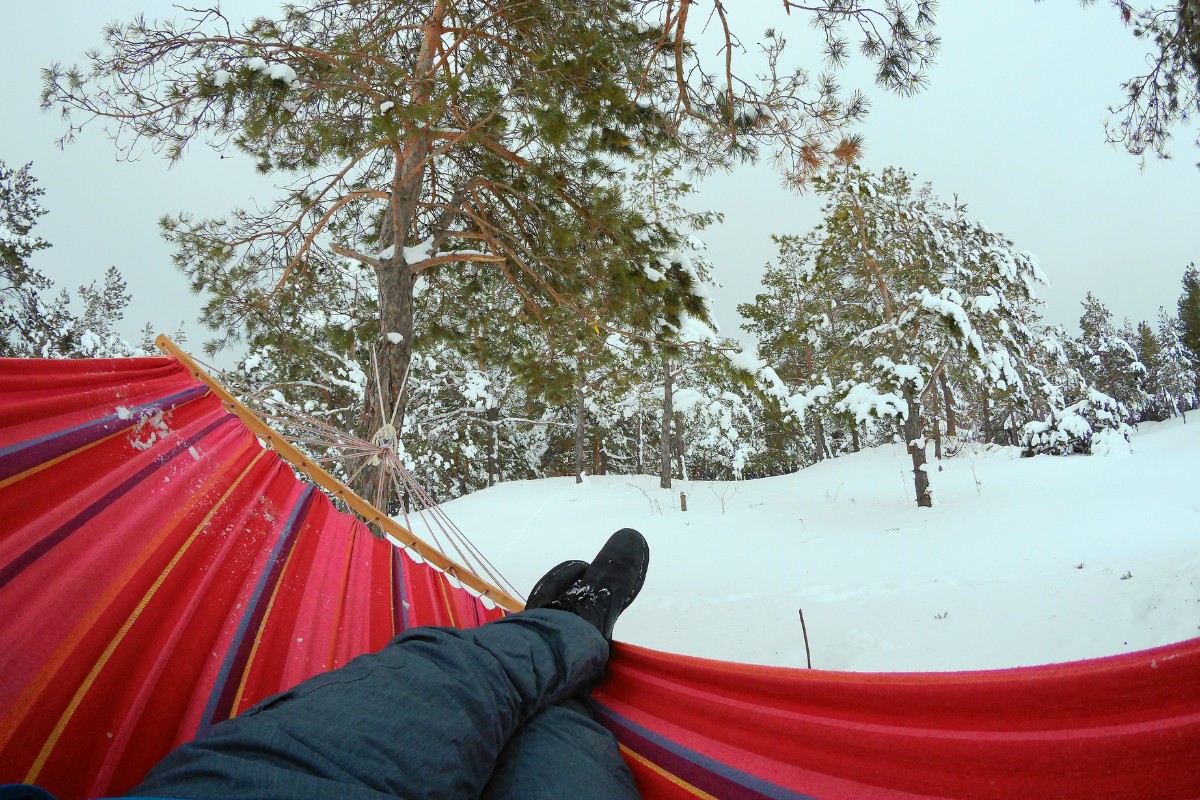Campfires are one of the best parts of any camping trip, and knowing how to properly and safely build one can make your trip much more enjoyable.
First, be sure that campfires are allowed in the area you’ll be camping in. Dry conditions can lead to fire bans and unsafe conditions, so always check with the appropriate Forest Service Office before building any fire.
Clear the Area
You’ll need to clear any debris from the area surrounding your fire pit, including needles, branches, and spare firewood, to help contain your fire. Also pay attention to overhanging branches as campfires can get quite tall. If there are low-hanging, dry branches directly above your pit, attempt to locate another pit or clear the branches. Always have a shovel and a bucket of water near your fire in case of emergencies.
Gather Firewood
When you’re fire pit is prepared, it’s time to gather firewood. Look for dead, dry wood on the ground away from your campsite. The best firewood cracks easily when you break it. You’ll need to gather three kinds of wood to build a fire:
- Tinder: the very small twigs, grass, and needles that will start your fire. Additionally, you can use a fire starter.
- Kindling: the next step up sticks around 1 inch in diameter.
- Fuel: the large wood that will feed your fire. Don’t go too large, though. Sticks between 2″ – 6″ are ideal unless you know your fire will need to burn for many hours.
Be sure to store your spare fuel away from your firepit.
Building the Fire
Fire needs three elements to succeed:
- Fuel
- Oxygen
- Heat
Keeping those three elements in mind, the basic steps to creating a fire are as follows:
- Loosely place about two handfuls of tinder in the center of your firepit.
- Ignite the tinder with your match or lighter. To help the tinder catch, you can gently blow at the base of the flame.
- Add your smallest kindling. The goal is to gradually ramp up your fire.
- When that has caught on, add larger sticks until your largest kindling is burning well.
- Lay your fuel in a criss-cross pattern around the burning kindling. Imagine you are setting up a multi-leveled tic-tac-toe board: two logs on either side, then two logs across the top of those two. The goal is to provide plenty of airflow between the logs while keeping them close enough.
Putting Out Your Fire
When you’re ready to call it quits, make sure your fire is completely out. Even if you must leave your fire unattended for a short period, it is best to completely put out your fire and restart it. To thoroughly extinguish your campfire:
- Disperse the fire. This means scattering ashes and coals around the fire pit so their heat is more easily lost and no pockets of heat will be left.
- Cover your fire with dirt. This acts to remove the air supply from the coals.
- Pour water over the fire. This acts to remove heat.
- Stir the ashes/water/dirt thoroughly to expose all ashes and coals.
- Pour more water and dirt over the pit and stir again. You should have an almost soupy consistency.
- Repeat until everything is cold to the touch. Be sure to turn over all ashes as some coals can be buried deeply and can escape your water/dirt soup, potentially causing a flare-up later on in the night.
Safety First
Remember, always be safe when dealing with fire. One stray spark can burn down an entire forest, cause millions of dollars in damages to property, and potentially put lives in danger. Following these safety tips will help keep your fires under control and everybody having fun:
- Make sure there are no flammables anywhere near your fire. This means spare wood, needles, twigs, paper, tents, etc.
- Always keep your fire in sight. If you have to leave your fire, make sure someone else is watching it, or put it out.
- Don’t build fires larger than you’ll need. A large fire is fun to build and look at but also much more dangerous as sparks and flames can reach much higher and further.
- Make sure your fire is completely out!
